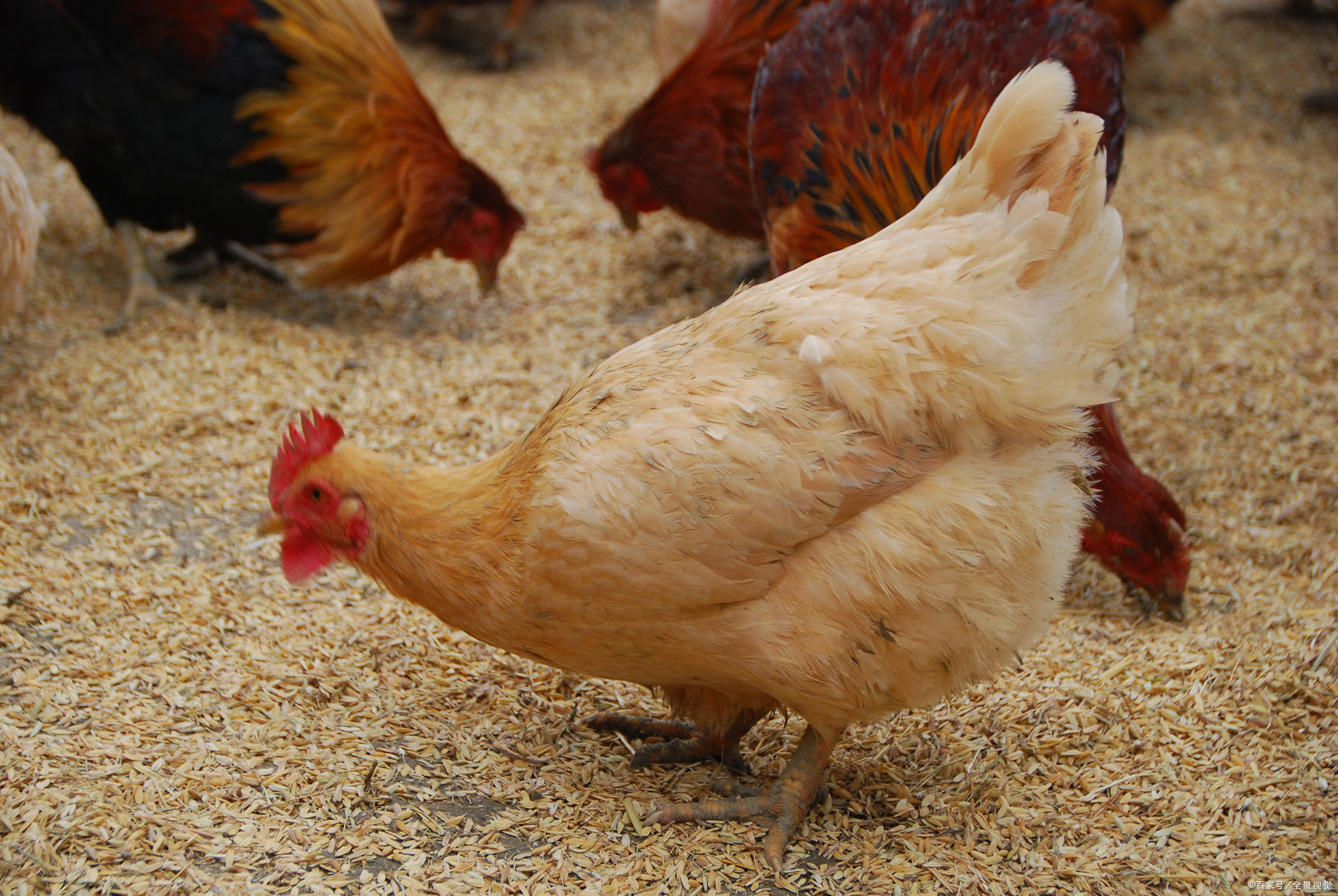------News Center
Chicken diseases and their treatment plans - coccidiosis
(1) Clinical symptoms
1. Cecal coccidiosis
Mostly caused by infection with Eimeria tenella, death begins 4-5 days after onset, and surviving chickens grow slowly and laying hens produce fewer eggs. Sick chickens are listless, with pale combs and flesh, ruffled feathers, retracted necks, eyes closed, standing or lying down, not eating, increased thirst, diarrhea, dark red or chocolate-colored bloody stools, and in severe cases, fresh blood.
Acute cases develop suddenly and die quickly, with fresh blood often seen near the anus.
2. Intestinal coccidiosis
Infected by Eimeria toxicus or a mixture of several coccidia, the symptoms are mild and the course of the disease is long, which can last for weeks or months. Sick chickens have intermittent diarrhea, anemia, and weight loss, and excrete loose feces mixed with grayish-white mucus, and die of exhaustion.

(2) Pathological changes
1. Cecal coccidiosis
The cecum swells several times and is dark red. The intestinal wall thickens, and there are bleeding spots and spots on the serosal surface. The intestinal cavity is filled with blood, blood clots, and detached mucosal fragments. Over a long course of disease, the detached cecal mucosa and blood gradually harden, forming a red or red and white cheese-like substance (intestinal core).
2. Small intestinal coccidiosis
The intestinal wall of the small intestine is highly swollen, the mucosa is diffusely congested, bleeding, and detached, and white spots or round necrotic foci are scattered; there is blood, blood clots, necrotic and detached mucosa in the intestinal cavity, and there are small bleeding spots, small white spots or small white spots scattered on the serosal membrane.
Prevention of coccidiosis in chickens
The key to preventing coccidiosis in chickens is to strengthen feeding management and improve the immunity of the chickens. The following are some effective preventive measures:
Strict disinfection: Regularly disinfect chicken houses, feed troughs, waterers and other chicken farming equipment to kill coccidiosis oocysts and reduce the source of infection.
Feed management: Ensure the quality of feed and avoid feed mildew and contamination. At the same time, an appropriate amount of vitamins, minerals and other nutrients can be added to the feed to improve the immunity of the chickens.
Drinking water management: Keep drinking water clean and change drinking water regularly. Chlorine-containing disinfectants can be used to disinfect drinking water and kill coccidiosis oocysts in the water.
Stocking density: Reasonably control the stocking density to avoid crowding of chickens and reduce the spread of coccidiosis.
Vaccination: Regularly vaccinate the chickens to improve the resistance of the chickens to coccidiosis.
The best medication and correct medication method for chicken coccidiosis
When the chickens show symptoms of coccidiosis, treatment measures should be taken in time. During the treatment process, it is crucial to choose the right medication and the right medication method.
1. Best medication selection
At present, the drugs used to treat chicken coccidiosis on the market mainly include sulfonamides, quinolones, diclazuril, etc. These drugs have different mechanisms of action and indications, and chicken farmers should choose the appropriate drugs according to the actual situation.
(1) Sulfonamides: Sulfonamides are commonly used drugs for the treatment of coccidiosis in chickens and have broad-spectrum antibacterial and antiparasitic effects. However, sulfonamides are prone to drug resistance and have certain side effects on chickens. Therefore, care should be taken to control the dosage and course of treatment when using them.
(2) Quinolones: Quinolones have a good therapeutic effect on coccidiosis in chickens and have fewer side effects. However, quinolones are relatively expensive and cost factors should be considered when using them.
(3) Diclazuril: Diclazuril is a new type of anticoccidial drug with the advantages of high efficiency, low toxicity and no residue. However, diclazuril is irritating to chickens and care should be taken to observe the reaction of the chickens when using it.

